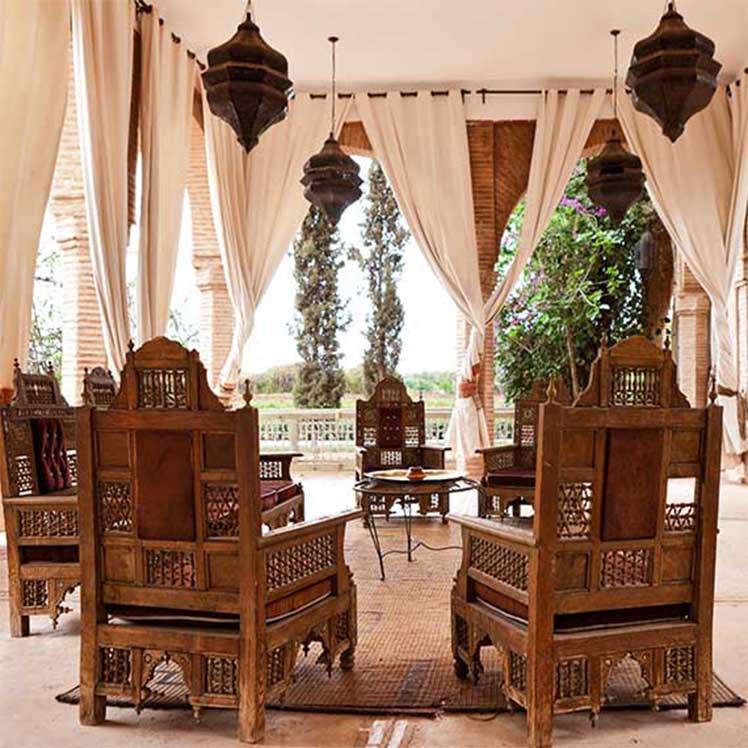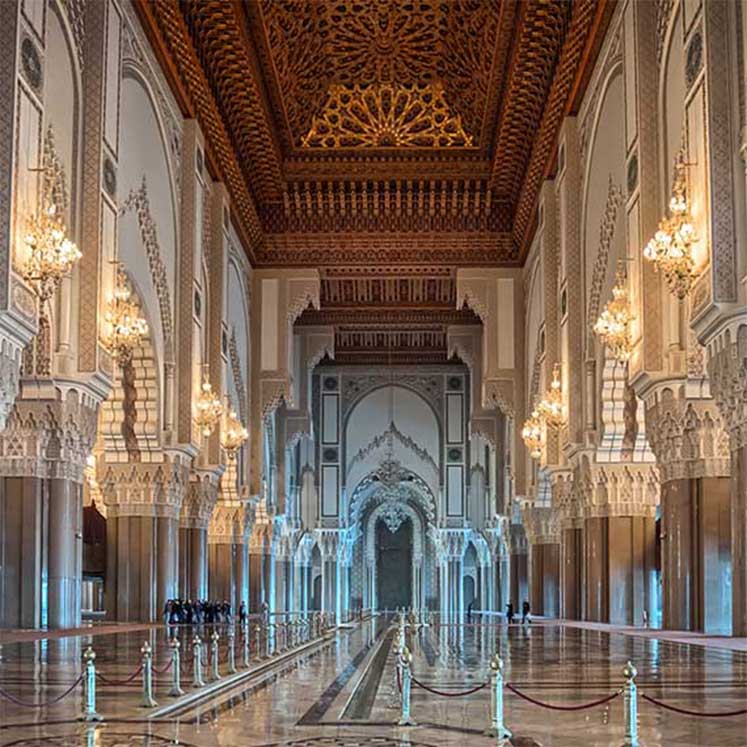Morocco
The Country That Travels Within You
Moroco is elegantly located between Europe and Africa, creating an alluring mix geographically and culturally. French, Spanish, Portuguese, and tribal influences have left their mark on Morocco’s language, architecture, food and traditions. Visitors will find Morocco to be familiar and exotic, laid back and vibrant, deeply traditional and modern all at the same time.
Travelling in Morocco is a once in a lifetime experience.
Here are the best things you should definitely try to do while on vacation in Morocco. Activities include a relaxing scrub at a local hammam, a cooking class, skiing, surfing, and getting lost trying to find the Fes tanneries. Eat a kebab alongside snake charmers in the Marrakech medina and stroll the blue streets of Chefchaouen. Read on to discover these things and many more.
Dance to the flamenco
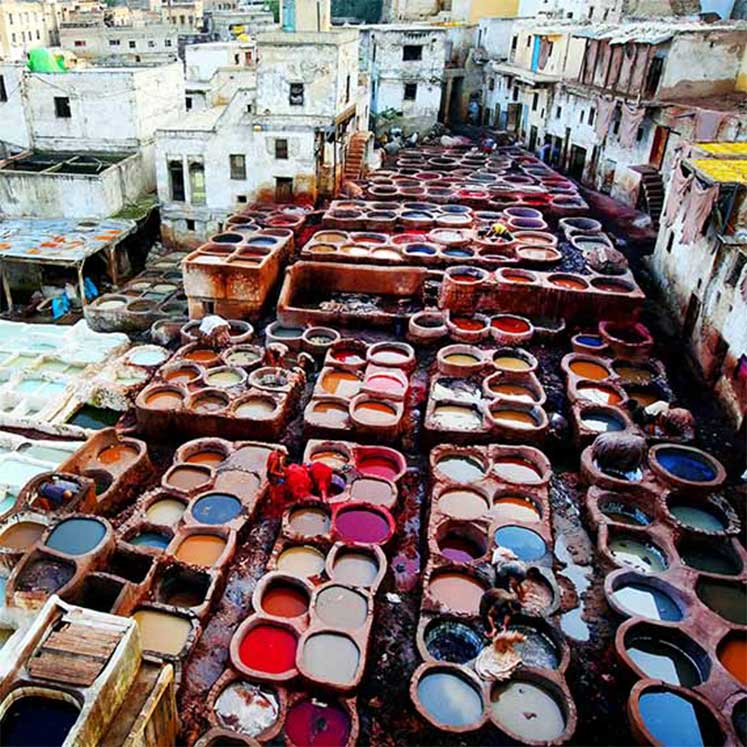
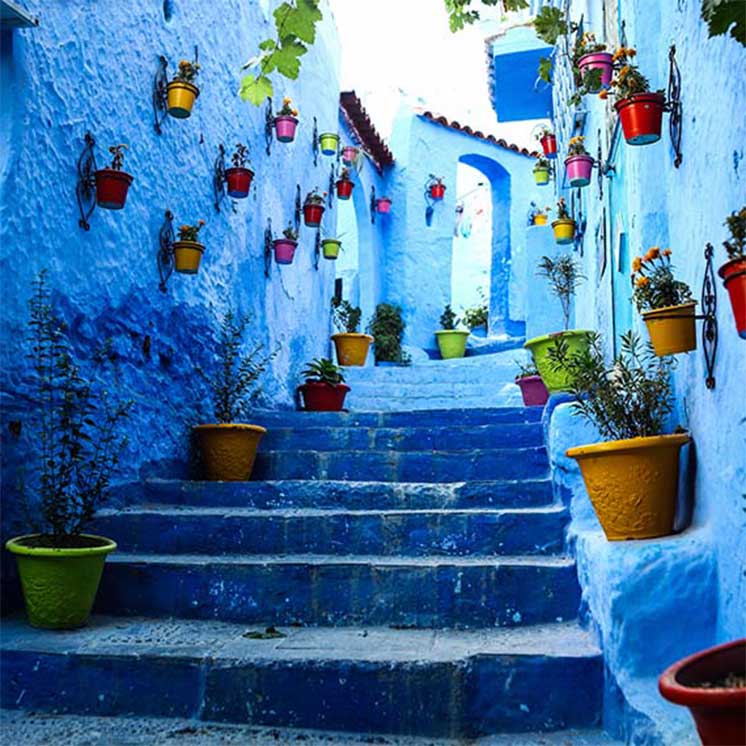
Go to Camp Nou
Learn To Cook Traditional Moroccan Food
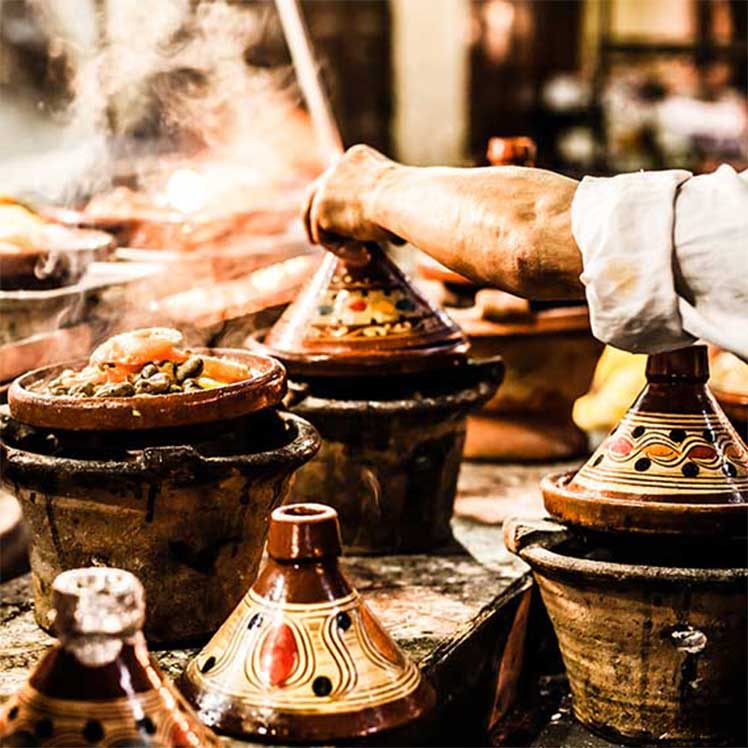
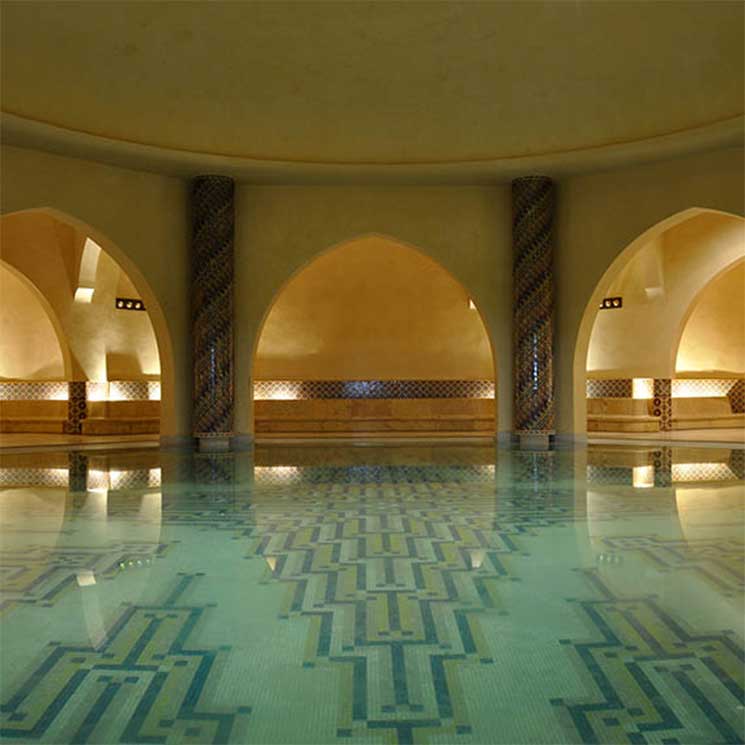
Steam in a Traditonal Hammam
Have Dinner at the Djemma el Fna
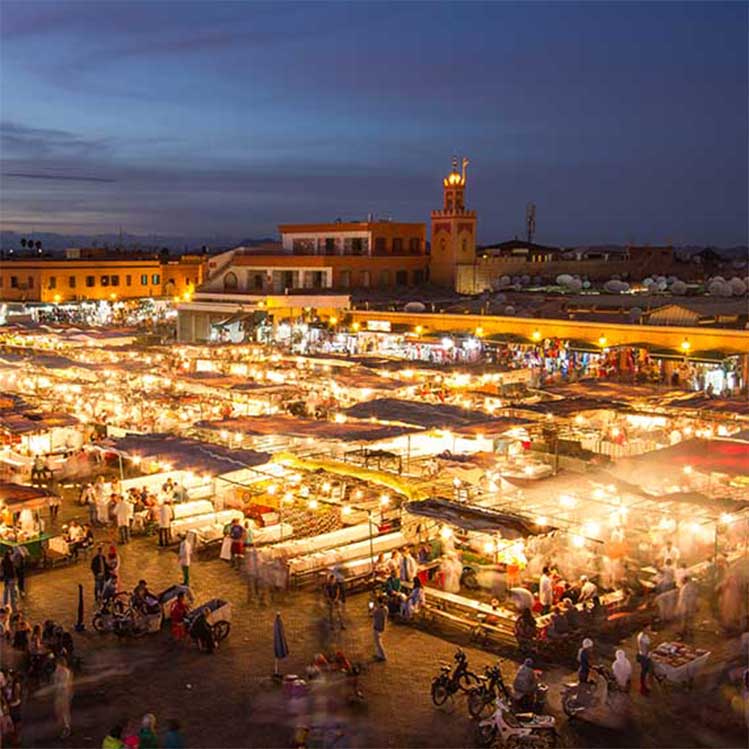
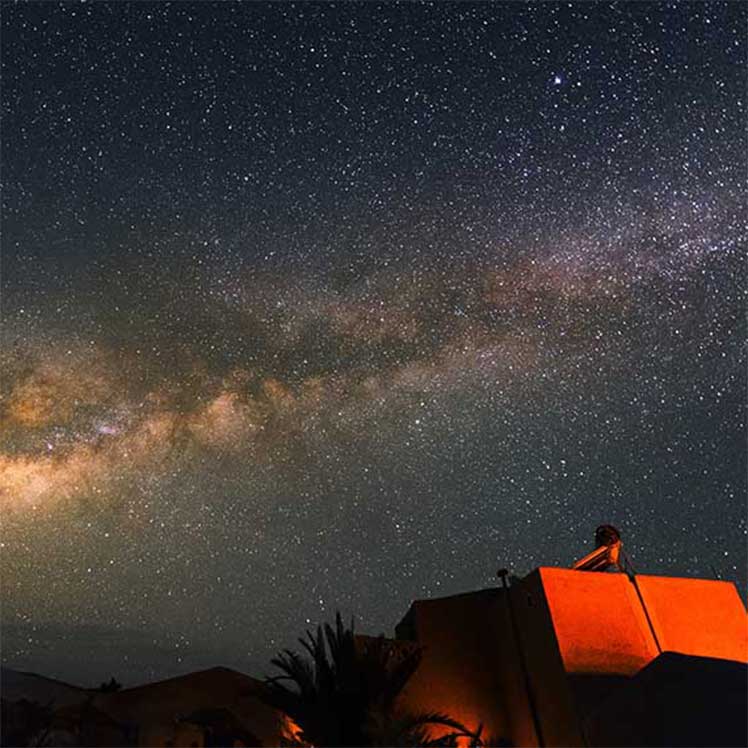
Overnight in the Sahara Desert
Find Peace in the Majorelle Gardens
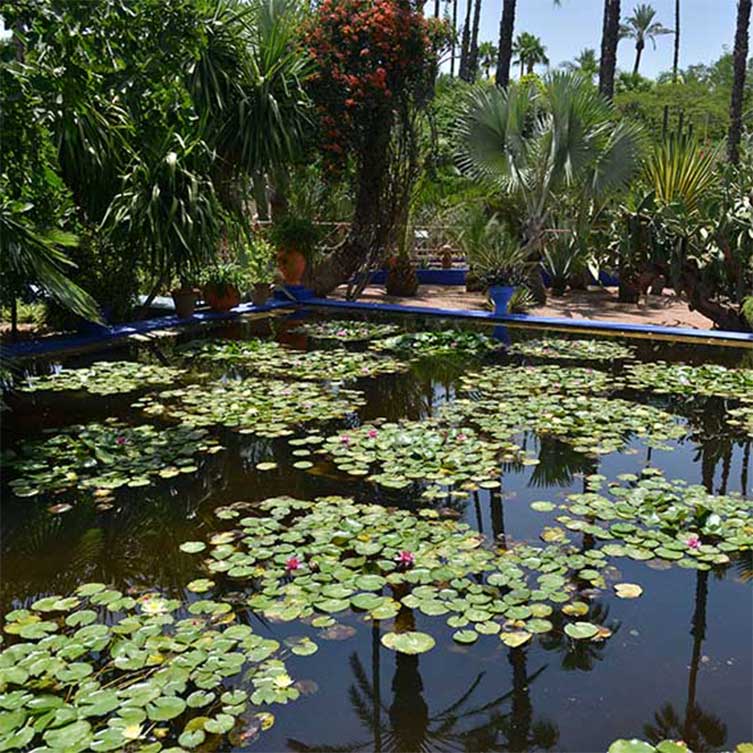
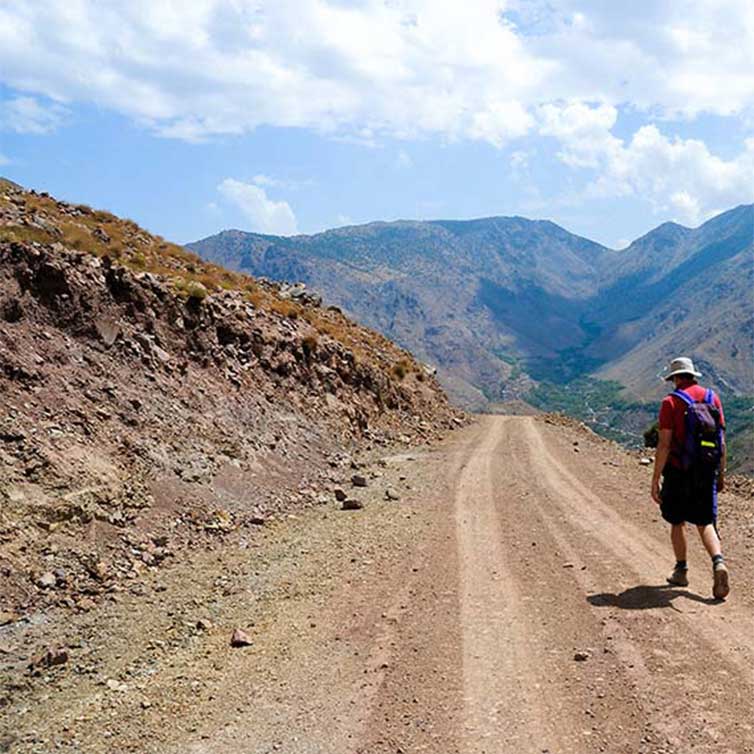
Trek the High Atlas
Stay in a Riad
